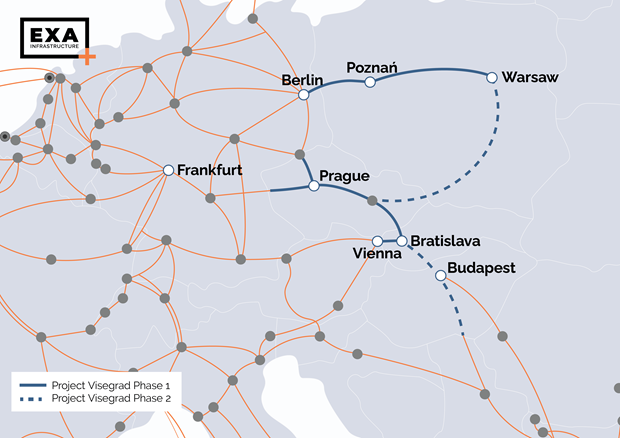The fascination with artificial intelligence (AI) is well-founded, as AI systems have the ability to process large amounts of data in an extraordinary manner. However, current AI systems rely on energy-intensive computers running complex algorithms based on artificial neural networks. This becomes even more energy-consuming when working with real-time data.
To address this issue, we have developed a new approach to “machine intelligence” that utilizes a physical neural network made from silver nanowires. These nanowire networks have the capability to learn and recognize handwritten numbers as well as memorize sequences of digits. Our research, conducted in collaboration with the University of Sydney and the University of California, Los Angeles, has been published in Nature Communications.
Using nanotechnology, we created networks of silver nanowires that are about one thousandth the width of a human hair. These nanowires form a random network structure similar to the network of neurons in our brains. This falls under the field of neuromorphic computing, which aims to replicate the brain’s functionality in hardware.
Our nanowire networks exhibit brain-like behaviors in response to electrical signals. Similar to biological synapses, external electrical signals cause changes in how electricity is transmitted at the intersections of nanowires. A typical nanowire network can have tens of thousands of synapse-like intersections, enabling efficient processing and transmission of information carried by electrical signals.
One significant advantage of our nanowire network is its ability to learn and adapt in real time. Unlike conventional machine learning that processes data in batches, our online learning approach allows us to introduce data as a continuous stream over time. With each new piece of data, the system learns and adapts on the fly, which is a characteristic humans excel at but current AI systems struggle with.
This online learning approach using our nanowire network is more efficient than traditional batch-based learning in AI applications. Batch learning requires significant memory to process large datasets and often requires multiple passes through the same data to learn. Our online approach, on the other hand, processes data continuously and learns from each sample only once, resulting in reduced energy consumption and increased efficiency.
We tested our nanowire network using the MNIST dataset of handwritten digits for image recognition. The greyscale pixel values of the images were converted to electrical signals and fed into the network. After each digit sample, the network learned and improved its ability to recognize patterns in real time.
Additionally, we conducted a memory task using patterns of digits, similar to remembering a phone number. The network demonstrated the ability to remember previous digits in the pattern. These tasks showcase the potential of our nanowire network to emulate brain-like learning and memory. However, our research is just scratching the surface of what neuromorphic nanowire networks can achieve.



